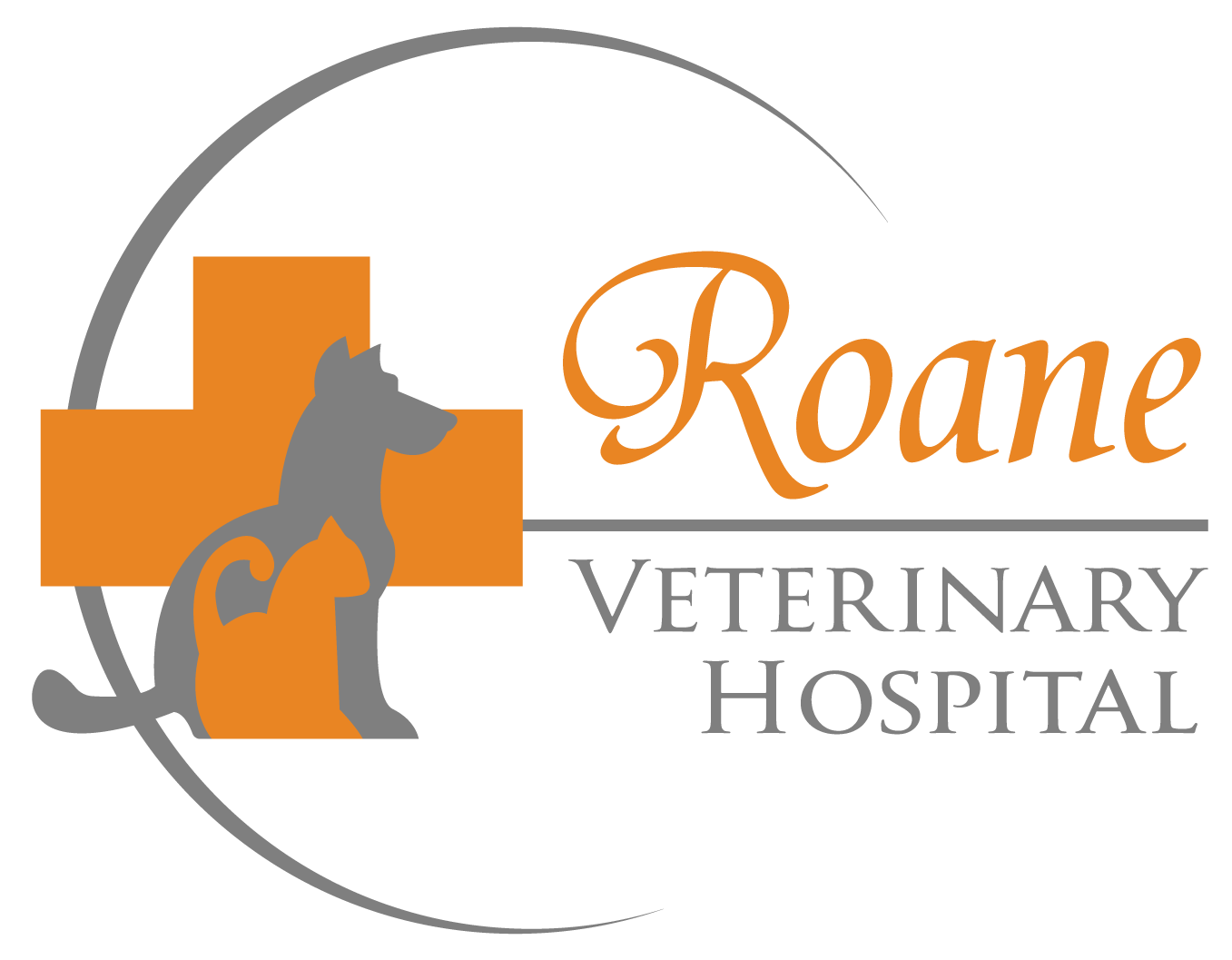Veterinary Services
Pet Regenerative Therapy in Harriman, TN
Regenerative medicine utilizes the body’s own cells to heal and regenerate damaged tissues in acute and chronic conditions.
Pet Regenerative Therapy
Therapies included are:
- Platelet Rich Plasma (PRP)
- Bone Marrow Aspirate Concentrate (BMAC) Stem Cells

- Osteoarthritis
- Acute and Chronic Soft Tissue Injuries
- Tendon Injuries
- Ligament Injuries
- Muscle Injuries
- Certain Spinal Conditions
What is Platelet Rich Plasma?
Platelet Rich Plasma (PRP) is a highly concentrated blood sample that contains isolated cells (platelets) and the fluid portion of blood (plasma). When used as a therapy, PRP can help regenerate and heal tissues by:
- Recruiting cells to an area of injury to clean up dead and injured cells
- Releasing proteins called “Growth Factors” which are responsible for tissue regeneration
What’s involved with PRP therapy?
If your veterinarian has determined that PRP therapy is right for your pet, he/she can process and treat your pet with PRP during an office visit. A small amount of blood is taken from your dog and is processed using a specialized system that concentrates the platelets and the plasma. Once the PRP processing is complete, it is injected directly into the area of injury.
What results can be expected from PRP therapy?
Many veterinarians have noted therapeutic effects last between 6-12 months for dogs with mild to moderate osteoarthritis.
What are Stem Cells?
Stem cells have the ability to differentiate into any type of cell. They can also activate other surrounding stem cells and recruit additional cell types to aid in wound healing and tissue repair.
What’s involved in Stem Cell therapy?
If your veterinarian has determined that your dog is a candidate for stem cell therapy, he/she can process and inject the stem cells during an office visit. A small amount of bone marrow is collected from the femur while the dog is under general anesthesia. It is then processed using a specialized system that isolates and concentrates the stem cells. Once the processing is complete, the stem cells are then directly injected into the area of injury.
Veterinary Services
Below are all of the veterinary services we offer at Roane Veterinary Hospital. If you have any questions regarding our services, please feel free to call us.
